Scale model of the S/S Arcturus
Artefact of the month - October 2021
The S/S Arcturus is one of the most legendary ships to have ploughed the seas under the Finnish flag.
Borrowing its name from the stars, the 2,000-gt steamship was built in 1898 at the Gourlay Brothers & Co shipyard in Dundee, Scotland. The ice-strengthened vessel was 88.95 metres long and equipped with 67 first- and 72 second-class cabins. In addition to passengers, the Arcturus was intended to serve the needs of cargo traffic and, like her sister ship the Polaris, was also fitted with refrigeration facilities to cope with the increased exports of butter in particular. The Arcturus, ordered by the Grand Duchy’s largest shipowner, Finska Ångfartygs Aktiebolaget (Finnish Steamship Company), was commissioned to operate the Finland-Copenhagen-Hull route. Later, the vessel plied the waves between Helsinki and Antwerp, and Turku and Stockholm.
Although there were no actual third-class “immigrant cabins” on board, the S/S Arcturus became known and remembered as a carrier of emigrants to a stopover point in the UK. Hiski “the Western Logger” Salomaa sang how “When the Baltic Sea billowed proudly, and the Arcturus cradled us, when we looked from the ship towards the shore, a light flashed from the lighthouse” (The Savo boy arrives in America). The songwriter himself, then still with the surname Möttö, who described the lives of Finnish-Americans in his lyrics, exchanged the scenery of Kangasniemi for Michigan in 1909. Written a couple of decades later, the song undoubtedly reflected the hopeful moods of many men of Savo on the deck of the Arcturus as the shores of home slowly disappeared from view.
In addition to its basic functions, this ship of many stories ended up serving both the troops and the innocent victims of war during the turbulent times of the first half of the 20th century. In the safety of Stockholm Harbour, the Arcturus escaped the turmoil of the First World War with its requisitioning that taxed commercial tonnage, but participated in the final stages of the Finnish Civil War by picking up 854 jaegers being trained in Germany (Royal Prussian Jaeger Battalion 27), from Liepāja in Latvia, assisted by the icebreaker Sampo. There were exciting moments during the voyage, when the ship was almost crushed by pack ice, but at the end of the 11-day voyage, the troops finally landed at Vaskiluoto in Vaasa on 25 February 1918 and had a significant impact on the outcome of the Civil War.
During the Winter War and the Continuation War, the Arcturus was targeted by Soviet bombers on several occasions. Although it was damaged, human casualties were avoided. As independent Finland fought for its existence, the Arcturus was given the most precious cargo to carry, contributing to the war effort by evacuating children to Sweden. The first of these so-called ‘war children’ travelled on the Arcturus from Turku to Stockholm on 15 December 1939. In total, almost 80,000 children were sent by land and sea to other Nordic countries, mainly Sweden, from the depths of the Winter and Continuation Wars. The exceptional tasks required by the exceptional times also included the transport of 1,005 Ingrian people from German labour camps to Finland during the Continuation War.
The S/S Arcturus could be described as a lucky ship, if you consider how many dangerous situations she and her passengers survived with just a mild scare. But an accident in the foggy Kattegat Sea casts a dark shadow over the vessel’s history. On 19 December 1930, a tragic chapter was written in the history of the Finland Steamship Company when two ships owned by the company, the S/S Arcturus and the S/S Oberon, collided in thick fog in the strait between Sweden and Denmark. Steaming towards the British Isles, the Oberon’s side was badly ruptured in the collision and the ship sank within minutes. Despite the damage to its bow, the Arcturus was able to continue to port under its own steam after doing what it could to rescue the victims from the sea. What made the incident particularly tragic was that the captains of the ships were brothers. The wife and four-year-old daughter of Eric Hjelt, who was deputy to the Oberon’s long-standing captain, were among the 42 who died in the accident. Eric had found himself in freezing cold water with his daughter under his arm, and by the time they were lifted into the lifeboat 20 minutes later, the child had frozen to death.
In clearer waters, a war-torn Finland was able to celebrate at the 1948 London Olympics, when, for example, singer and film-maker Tapio Rautavaara won the javelin gold medal and poet Aale Tynni won the poetry section of the art competitions with her poem “Laurel of Hellas”. In all, 20 medals were won which, in the first half of the 20th century, was actually only a satisfactory performance for Finland’s Olympic teams. Perhaps, however, the future was beginning to look a little brighter as the Arcturus carried the Olympic heroes of the rebuilding nation to and from the Games. One Olympiad later, the eternal flame was carried to Helsinki and the outlook seemed brighter than ever. The elegance of old-fashioned seafaring could be experienced on the route between Stockholm and Turku, but it was becoming clear that the needs of both passenger and freight traffic had overtaken this Baltic beauty.
In 1957, the Arcturus’ long and eventful service in the Finland Steamship Company fleet came to an end when she was sold first to West Germany and finally to the Netherlands for scrap.
Although the ship was in many ways a key symbol of shipping in its era, the Finnish Maritime Museum’s collection contains only a few artefacts from the S/S Arcturus, such as an ink-pen drying rack and life jackets. Presumably, when the ship was sold and scrapped, the artefacts ended up as souvenirs in various living rooms and offices, and perhaps more will end up in the Maritime Museum’s collection in the future. The main exhibition at the Maritime Museum features the Arcturus in the form of a 7.5-metre-long ship model built by Tomi Isopahkala. The photographs of the Arcturus in the photo collection helped to bring to life the bygone days of the steamship.
The model of the S/S Arcturus, donated to the Maritime Museum’s collection by Tallink Silja Oy in August 2021, is a little out of the ordinary. It is not a full-scale model of the ship, as is usually the case with shipyard models commissioned for shipbuilding. Nor is it a typical half-model, which have been used to illustrate the shape of a ship’s hull without the details of the finished ship, often attached to a wooden panel to be hung like a painting. Instead, this Arcturus model is a combination of the two types: like a shipyard model split down the middle and fitted to a mirror that acts as one long side of the showcase. The ingenious design creates the illusion of a complete ship. The model and its display cabinet are massive (236 cm long), but elegant and streamlined like the ship they represent. The manufacturing plate says that it depicts both the S/S Arcturus and its sister ship the S/S Polaris, as the ships were almost identical.
There are no details on the history of the model, but it seems clear that it was given to the client with the ship as is customary, and was gradually inherited by Tallink Silja, which is descended from the Finland Steamship Company. I am sure that this handsome and interesting model will soon be admired at exhibitions.
Timo Kunttu




-
2024
-
2023
-
2022
-
2021
-
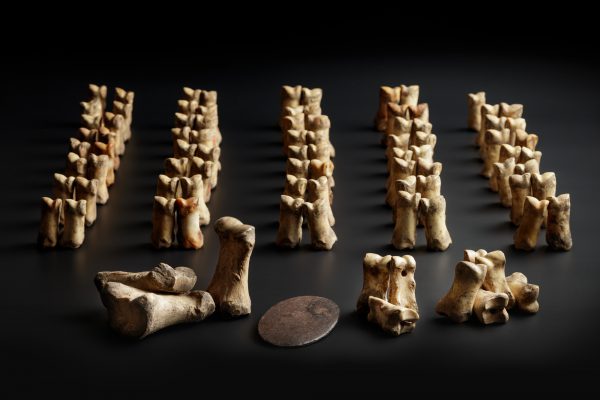 Skittle set made of bone
Skittle set made of bone
-
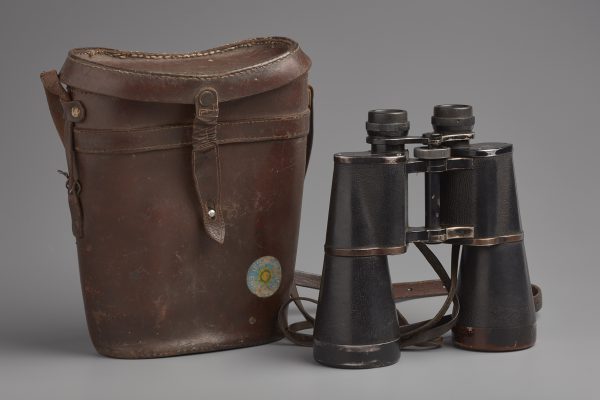 Equipment of ornithologist Pentti Linkola – binoculars and a notebook
Equipment of ornithologist Pentti Linkola – binoculars and a notebook
-
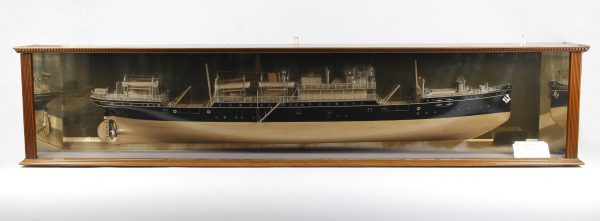 Scale model of the S/S Arcturus
Scale model of the S/S Arcturus
-
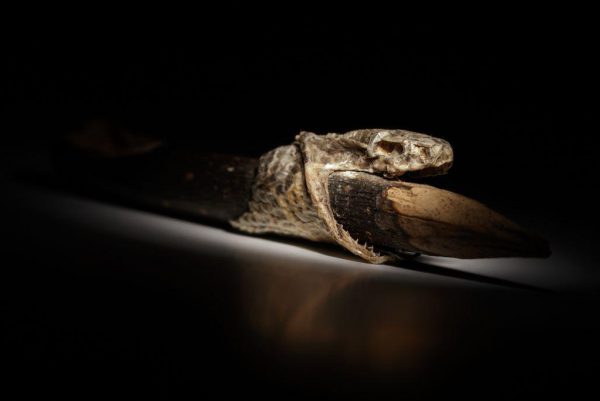 The mighty snake
The mighty snake
-
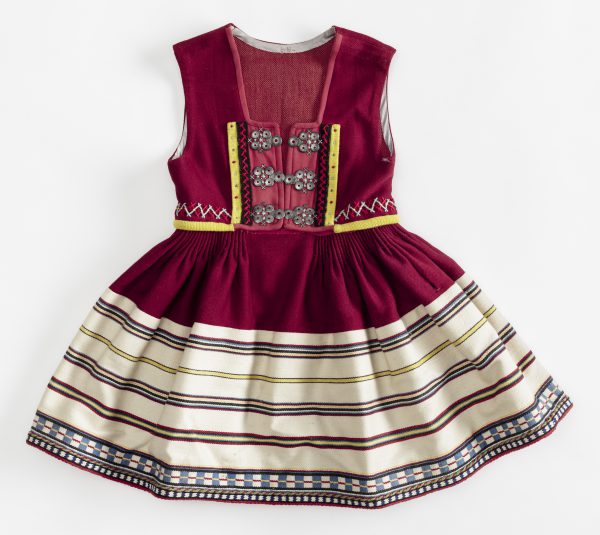 Child’s national costume – for free Estonia
Child’s national costume – for free Estonia
-
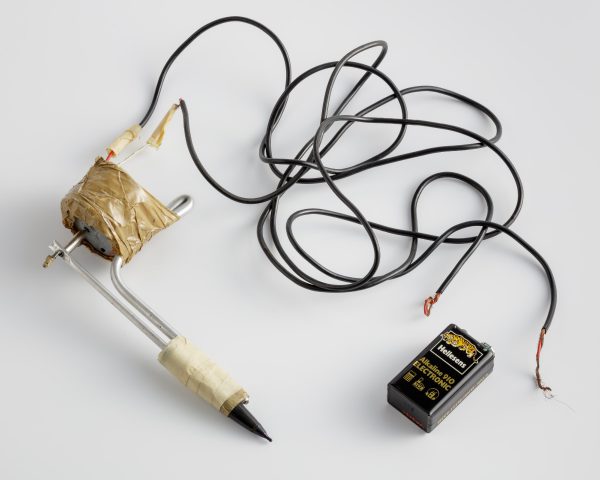 A tattoo machine
A tattoo machine
-
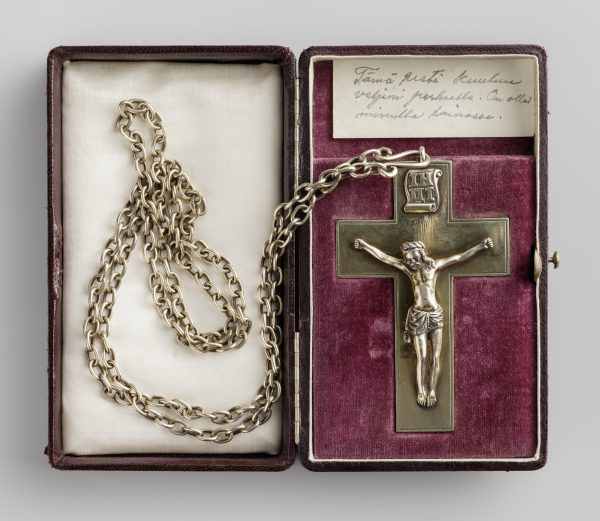 Juho Saarinen’s pectoral cross
Juho Saarinen’s pectoral cross
-
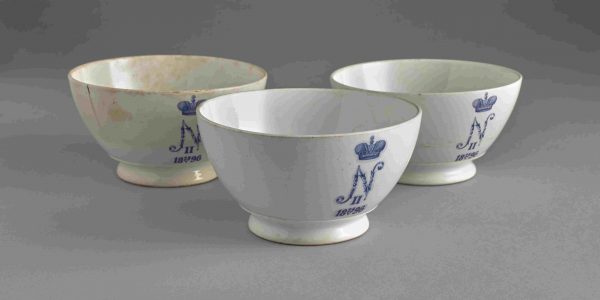 Coronation bowls
Coronation bowls
-
 A hundred years ago – flapper fashion in the 1920s
A hundred years ago – flapper fashion in the 1920s
-
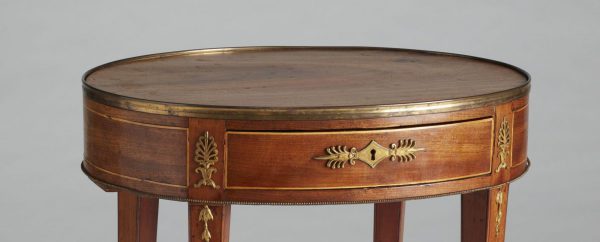 A table from The Friends of the National Museum of Finland
A table from The Friends of the National Museum of Finland
-
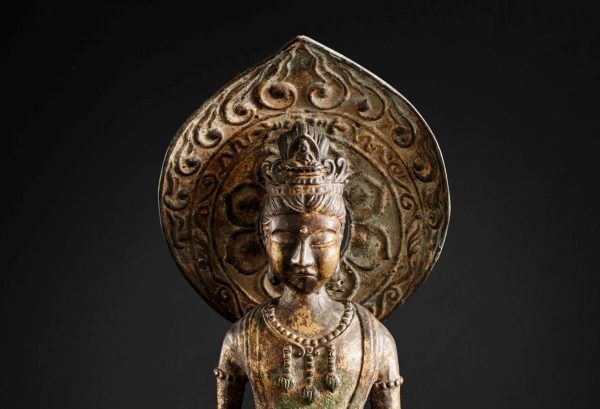 Sculpture of Bodhisattva
Sculpture of Bodhisattva
-
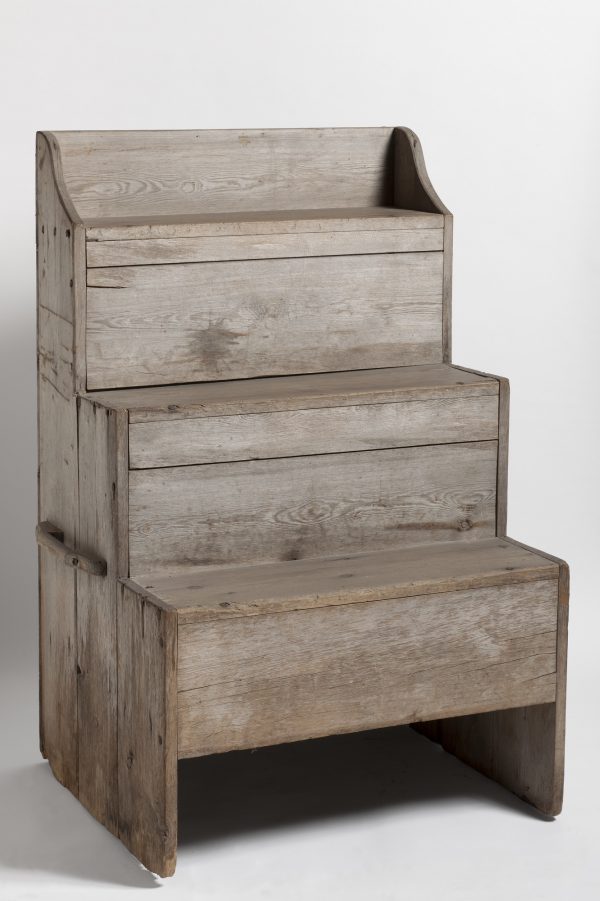 The stool of repentance from Vihanti Church
The stool of repentance from Vihanti Church
-
-
2020
-
2019
-
2018
